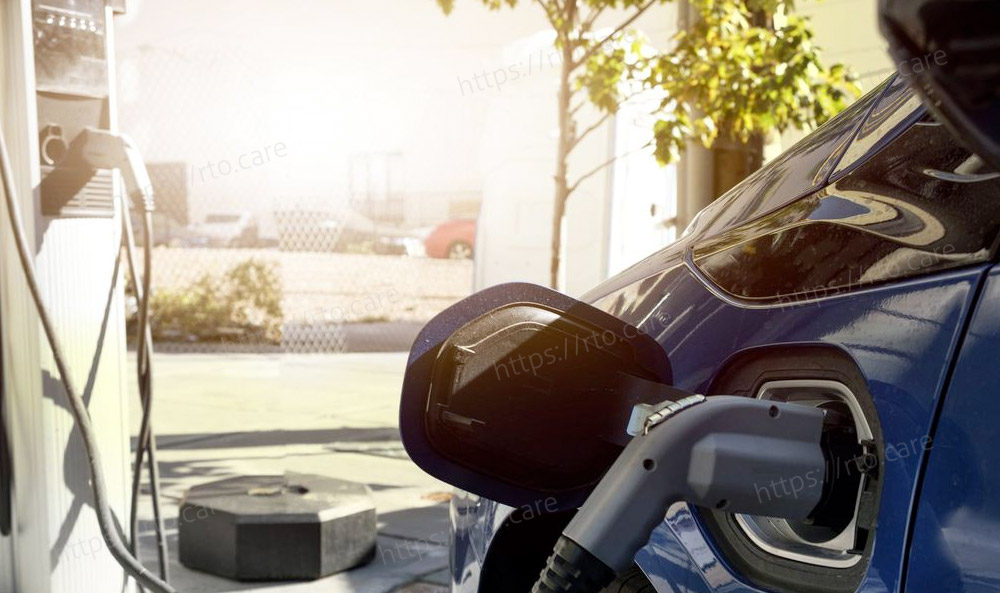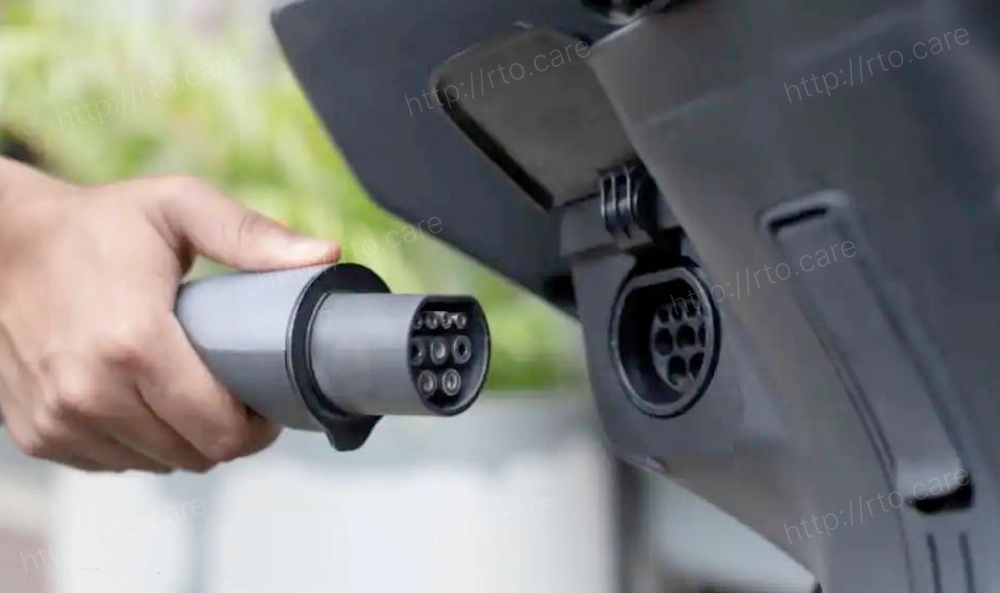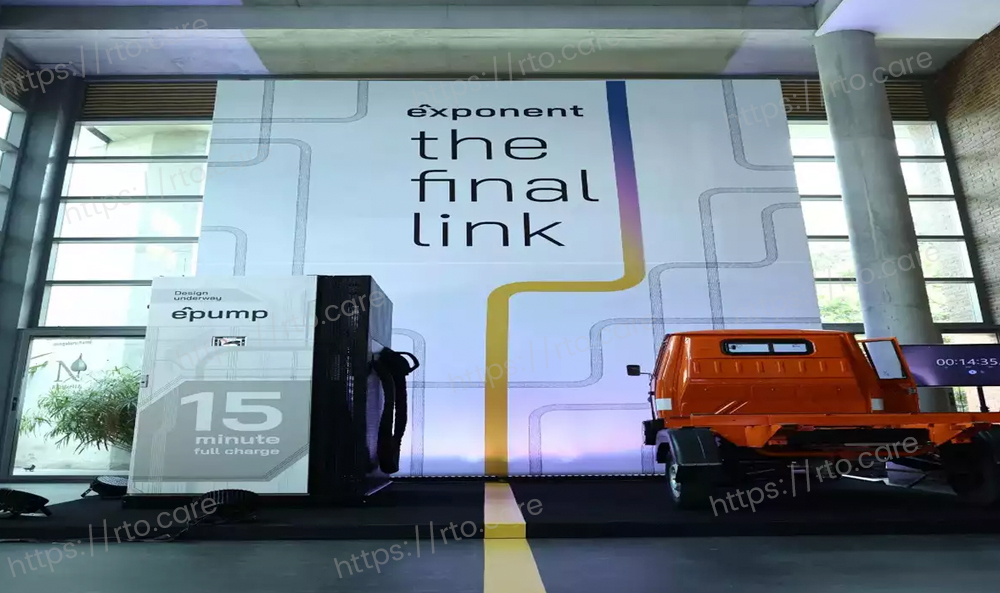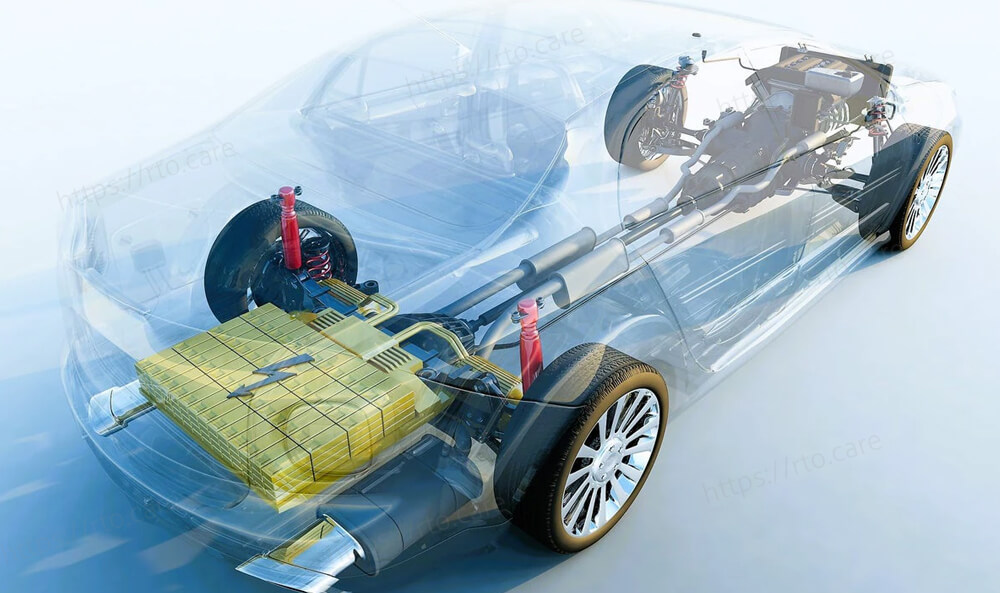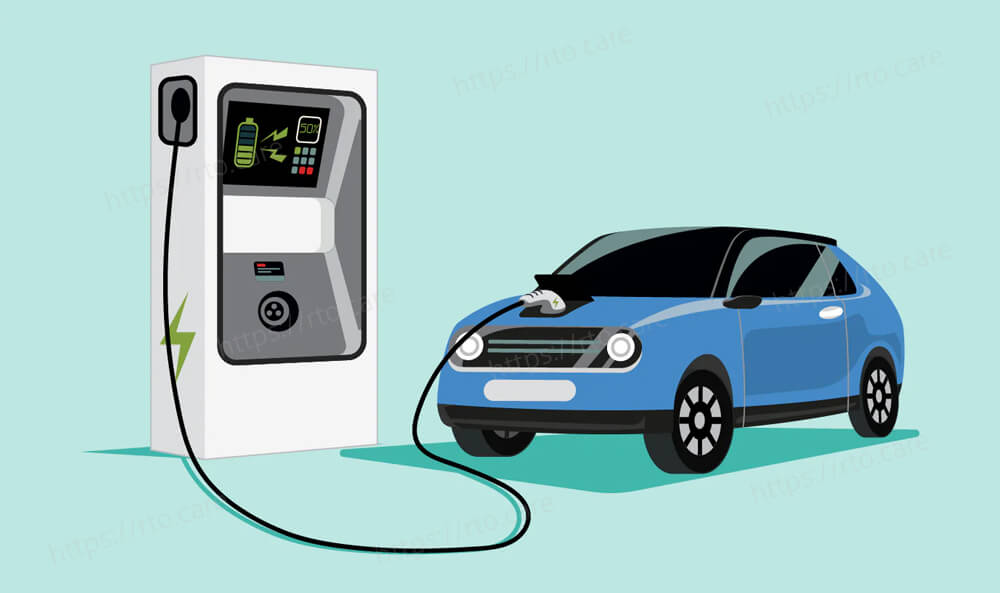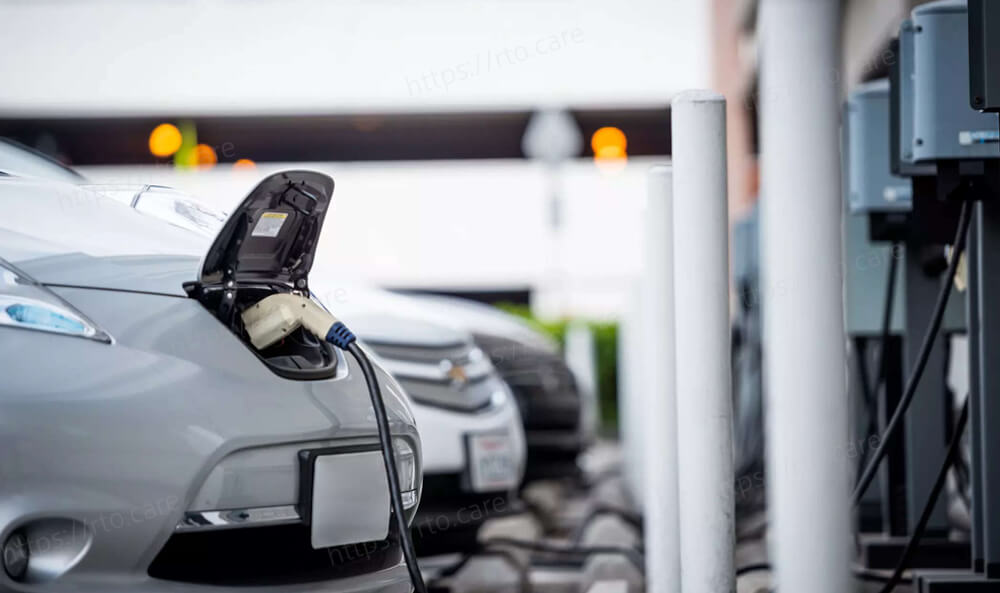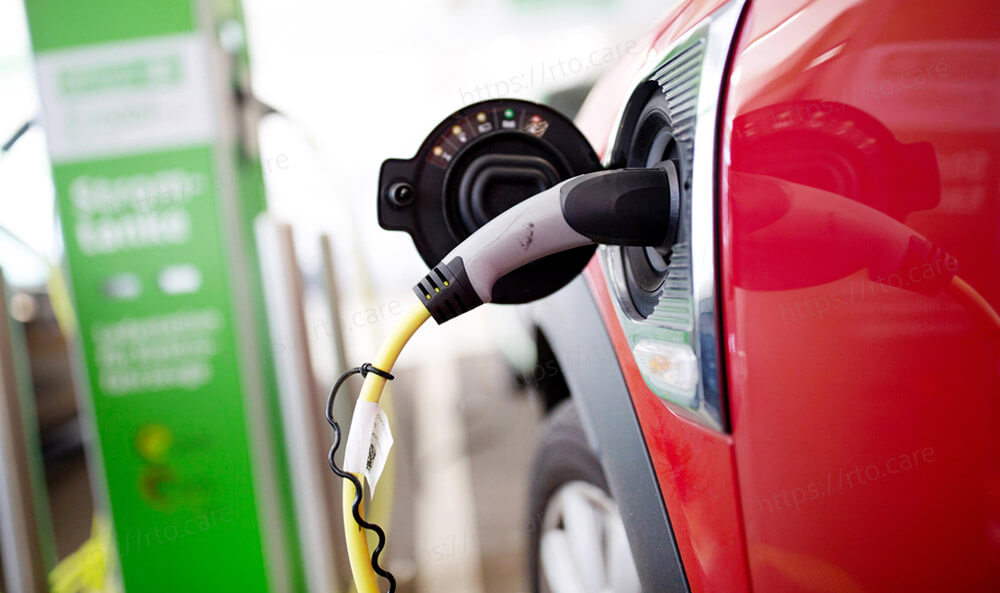Due to the significant fuel and maintenance cost advantages, converting to an electric vehicle looks like an intriguing option. The charging procedure, however, can be a little complicated for novice EV owners. With regard to charging for electric vehicles, there are many types, levels, and other aspects.
As a result, we have put together this comprehensive guide to make charging your EV easier for you.
What is charging an electric vehicle?
Similar to every other rechargeable electronic equipment, electric cars are. For them to work, electricity is necessary. In their battery packs, electric vehicles (EVs) store energy in the form of charge.
In essence, EV charging is the transfer of energy from an electrical energy source to a vehicle's battery pack.
The electric car charging procedure cannot start unless the vehicle is hooked to a suitable outlet. A public charging station for electric vehicles is available or you may build one at home.
How is an EV charged?
Here are the principles of how charging an electric vehicle operates.
An electric car, a power outlet, and a connecting cable are the three main parts of an EV charging setup.
When necessary, an EV's connection cable is hooked to the power source to replenish the vehicle's batteries.
Depending on the highest charging rate they can provide, certain charging stations are more effective than others.
The capacity of an electrical outlet and the battery pack of an EV determine how quickly it can be charged.
What are the various stages of EV charging?
Although electric car chargers are simple to use, you should be aware of the following EV charging levels.
Charging of Level 1 EVs
In Level 1, the EV charging rate is 120 volts.
For Level 1 charging, the majority of electric cars come with a cable and a control box attached to them.
To start charging, just insert the wire into a three-pin wall outlet.
Depending on the size of your EV battery, Level 1 charging takes between 8 and 12 hours to complete.
For this degree of charging, you don't necessary need to install any additional gear.
The lengthy time it takes to completely charge an EV is the only drawback of Level 1 charging.
Charging of Level 2 EVs
Electric vehicle level 2 charging is typically rated at 240 volts.
There is additional hardware needed for this degree of charging.
Some EV producers provide installation services for Level 2 home chargers.
Depending on the battery capacity, a Level 2 charger can recharge an EV from 0% to 100% in 6 to 8 hours.
Although Level 2 charging is effective, the hardware cost is added to the cost of charging.
Charging level 3 for EVs
480 volts is the standard charging rate for Level 3 chargers.
An EV may be charged from 0% to 80% in under one hour or less.
Level 3 charging systems are expensive to build and are best suited for public charging stations.
How are electric cars charged?
An EV's battery pack has to be parked in order to charge. Therefore, you may charge your EV during the time when you are not using it. There are three main ways to charge electric automobiles, depending on which is most practical.
Charging at home
You may install a personal EV charging station in your house. Whether for an overnight charge or a fast top-up in the afternoon, it is a practical way to charge an EV. Just be sure you get a charger based on the maximum charging rate for the battery in your electric vehicle, and have a professional install it.
Public charging
In India, there are steadily more public charging outlets. Depending on the city you reside in, you could find EV charging stations close to parks, stores, theatres, and other locations.
For a 100% fee, you do not need to utilise public stations. Your automobile will stay running with a simple top-up. You won't have to be concerned about the battery dying while driving around the city if you do it this way.
The following are important things to keep in mind when charging EVs at public stations.
When using a 7 kW power outlet, an electric car may add around 30 to 50 km of range in an hour.
Depending on the state and city you live in, different public charging stations may charge different amounts.
Workplace payments
In India, several businesses provide charging stations for staff members. Therefore, while it is parked at your place of employment, you may recharge your electric vehicle. Some businesses provide their staff this service without charge as an amenity.
It will be as easy as charging your car at home if your workplace has an EV charging station. Most office chargers have charging plugs so you may attach your EV charging cord to them. Some businesses demand that staff members download their app, register there, and scan a QR code to authorise charges.
